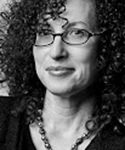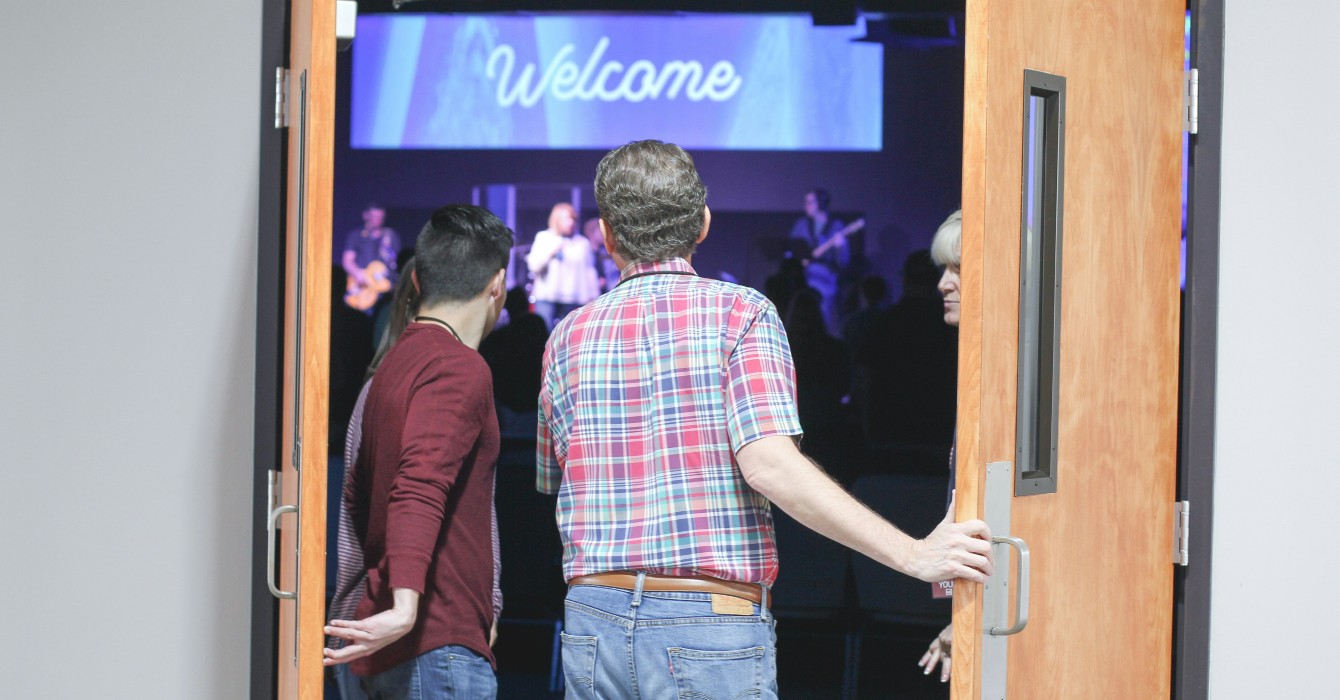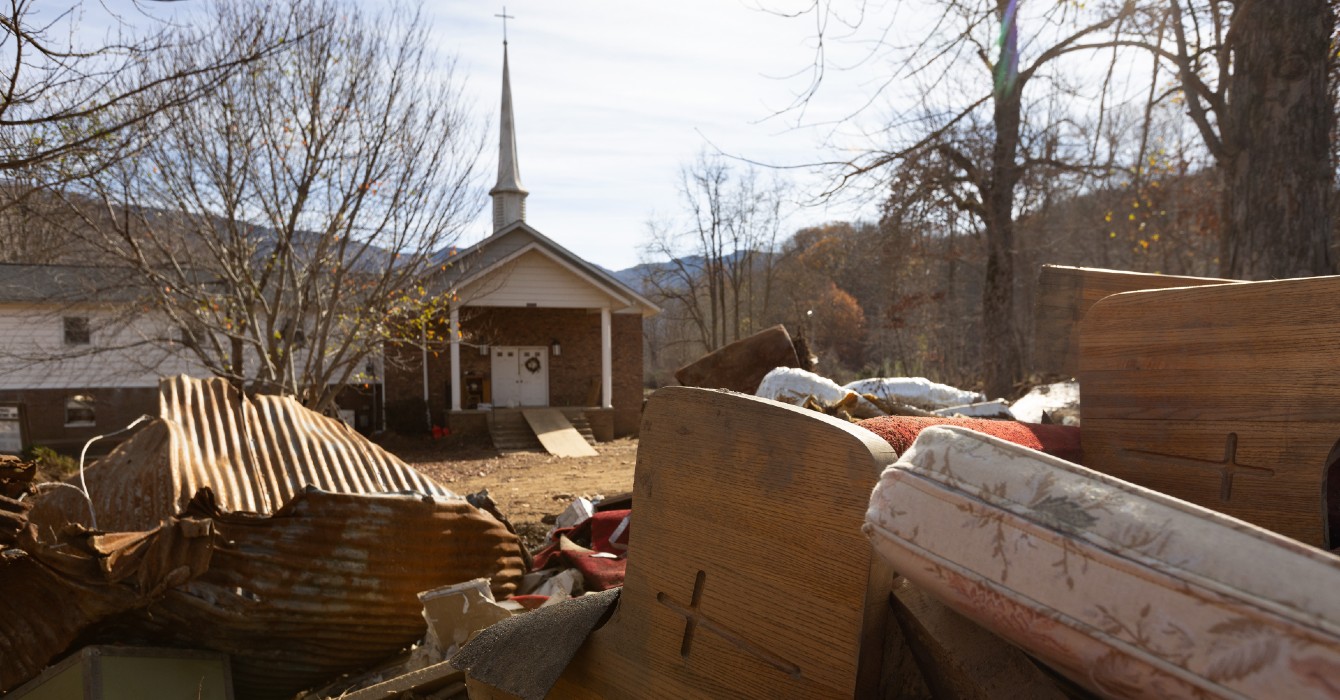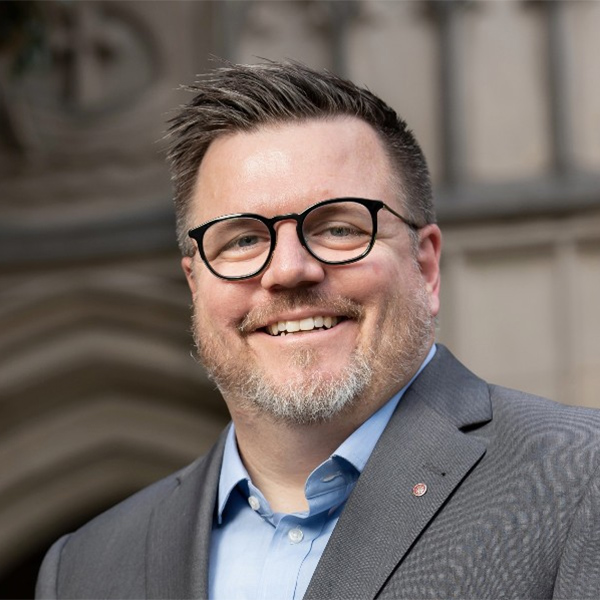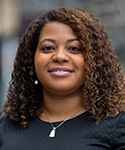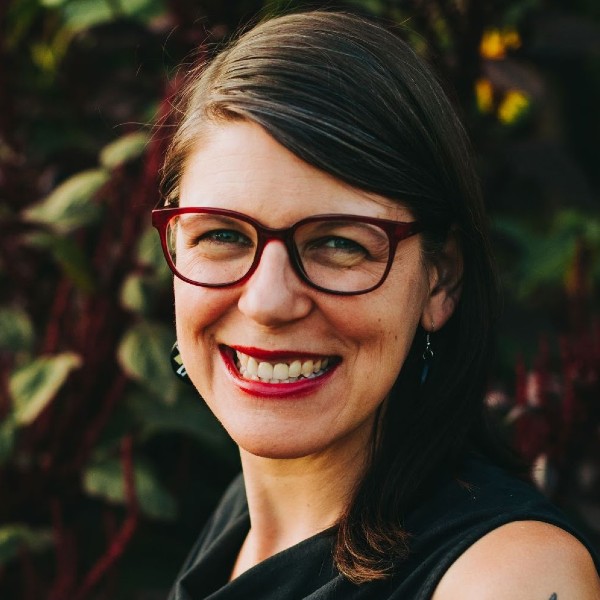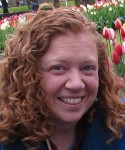The neighborhood Catholic church had once been thriving with Italian immigrant families. It languished as they departed, almost closed, and now is undergoing renewal with a creative priest and a coterie of lay leaders.
What’s the secret?
“We welcome everybody,” said one lay leader. “Ev-er-y-bod-y!” He accented each syllable. “We have grandbabies with grandmas, blended families, shared kids, singles, doubles, adopted kids, interracial families, some I-don’t-know-what.”
Sure enough, at lunch after worship I see that the fellowship hall is filled with a variety of families, comprising people of every age, body type and complexion. Hospitality abounds; grown-ups care for bunches of children, and young people speak politely to senior citizens like me.
The paradigm for family has changed radically for Americans -- and for American Christians. After researching successful congregations for more than two decades, I’ve come to the conclusion that congregations that consciously embrace a new, inclusive paradigm are more vital.
Besides, accepting an inclusive paradigm for family is what Jesus and the earliest Christians seem to have done.
More than 20 years ago, I studied mainline Protestantism with about 70 other researchers from a variety of disciplines. We examined various denominations and their institutions. Among many results, we identified that there is an ecology for faith development in the various denominations that make up American Christianity.
We explored the formal and informal institutions of that ecology, as well as the “thinning” of the ecology as many component institutions languished or disappeared. At that time, we also saw elements of a new ecology emerging, but we didn’t know then what form it would take.
My most recent research project, a study of work and worship in more than a score of congregations, has revealed some of the characteristics of this new ecology. Congregations now depend for faith formation of Christians on ecumenical ministry, digital technology, leadership “bubbling up” from among members, and fluid relationships between worship and ministry. (The forthcoming book, which is tentatively called “A Sustainable Presbyterian Future,” focuses on the PC (USA), but many of its findings are applicable to other denominations as well.)
But one of the most important changes is the way congregations deal with the changing family.
In our original research, we recognized the crucial place of “family religion” -- family prayers and devotional reading of Scripture, along with other pious activities of nuclear and extended families -- as part of that traditional ecology. Churches and other institutions tried to buttress the family even after World War II: “The family that prays together stays together,” the long-running Catholic public service campaign proclaimed.
With Sunday school and Sabbath observance, family religion was said to be essential for faith development, and its diminished place in contemporary American family life was widely lamented.
Excellent studies today point to the mission of religious communities in fostering and coaching families to restore religious vitality in their life together. But in order for that to happen, it’s important that our congregations understand how the family has changed; as with so many aspects of the church ecology, the old models don’t hold true anymore.
The endogamous nuclear family (think Ozzie and Harriet, or the Cosbys -- marriage within one’s ethnic group or class, with the household comprising father, mother and children) is today a minority of American households.
The majority of families exist in a bewildering array of configurations -- blended families, “grandfamilies” (with grandparents and grandchildren), families with adopted children of diverse ethnic and religious identity, families of divorce with joint custody of children, interfaith families, single-parent families, two-mom and two-dad families, and many more varieties. More than 25 percent of young children in the United States now live apart from their fathers, and the number living apart from their birth mothers approaches 10 percent.
Families are also more complex racially and ethnically. Recently, The New York Times featured one family with members who are African Americans, Caucasians, Asians, Slovakian immigrants, Costa Ricans, Irish, descendants of English Quakers, and more.
The radical change in the nature of families has occurred already, and trends indicate that the variety in households is growing rather than diminishing. Providentially, Christian leaders and churches have already acclimated to some degree to the new, inclusive paradigm for family.
Some churches are particularly attuned to the new reality, and listening to their leaders is a rewarding experience.
When I recently studied a small, rural Presbyterian congregation in eastern North Carolina, I found children and young people -- white, black, Hispanic, Asian -- all happily engaged in Vacation Bible School together. One teacher explained, “We don’t care if they come in a Lexus or on a bike. We welcome all the children from anywhere around here. Grown-ups, too. It may be chaos sometimes, but we love it.”
In a thriving church in the Smokies, the pastor told me of benefits that accrued from families with Jewish and “new religion” backgrounds, and that the church had adopted some practices that members from other traditions had suggested.
They printed a list of “Rights of Children in Worship” in their bulletins, an idea from a family with a Mennonite background. This gives permission for children to talk quietly and move as necessary up and down the aisles. They also tried to do ministry across religious traditions to get “twofers” (as they termed the benefits). It made the church more accommodating to families from different backgrounds and also helped members learn about other faith communities.
How can congregations embrace the new paradigm? Actively engaging today’s multivariate forms of family and fostering religious discipleship among them takes some thought and creativity. Here are some implications:
For pastors. Good preachers and teachers use illustrations from a wide range of sources. Ministering among families of such diversity involves gleaning and employing illustrations that engage them -- from lessons and insights from the lives of children and youth to reflections on the issues faced by single parents, grandparents and blended families.
For lay leaders. Many congregations already include various kinds of families in worship leadership -- lighting the Advent candles, for example, and taking the offering. More importantly, embracing the new family paradigm means offering warm hospitality to everybody, not just those in families similar to their own.
For those who prepare leaders. Many seminary faculty in the area of faith development are already sensitive to the issues of the changing family, for seminary households are also varied in composition. But making use of the new demography in instruction is just the beginning. Seminaries can offer “radical hospitality” to immigrants, the homeless and other kinds of families.
For all of us. At fellowship times and for meals at church, we can speak with and sit by single people, children of the congregation and different kinds of household groups.
Of course, this kind of openness was one of the practices of Jesus, too -- caring for the woman with five ex-husbands, listening for the faith of the friends of a paralytic, conversing with Samaritans, forever including all kinds of folk in his sphere of care. And the disciples began including centurion households, single-parent families, eunuchs and the “unclean” Gentiles right away in “the Way.”
Indeed, Jesus himself came from an “irregular” family. So it makes sense that his church would strive to include ev-er-y-bod-y.


